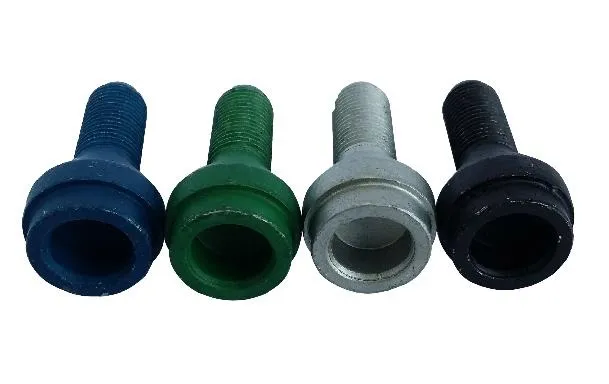Zinc flake coatings, with brands like Dacromet, Geomet (NOF) and Zintek (Atotech) comprise an important water-based inorganic metal finishing system that is an alternative to both electro and mechanical platings and solvent-based organics. These coatings, with or without optional sealers and topcoats, can be applied to a variety of substrates in order to provide corrosion protection to ferrous metals, and are also relatively enviromentally friendly (RoHS and REACH compliant).
Zinc flake coatings in general consist of water based coating dispersions containing metal oxides, metallic zinc and aluminum flakes. The zinc and aluminum platelets align in multiple layers forming a metallic silver gray coating. Applied as a liquid material, the coating becomes totally inorganic after curing at 321°C. Salt Spray: 500 hrs minimum. 1000 hrs or greater with optional topcoats and sealers.
Benefits:
- Four-Way Corrosion Resistance. Barrier Protection - Many overlapping zinc and aluminum flakes provide an excellent barrier. Galvanic Action - Zinc corrodes to protect steel. Passivation - Metal oxides in matrix slow down corrosion reactions of zinc and steel. Self-Repairing - Damaged areas in the coating fill with zinc oxides and carbonates
- Bimetallic Capabilities - Due to the concentration of aluminum within the coating, good bi-metallic corrosion resistance with aluminum is accomplished
- Solvent Resistant - When Dacromet is cured on the metal surface, the coating becomes inorganic, and thus resistant to solvents, gasoline, brake fluids, etc.
- Electrically Conductive - The high concentration of metallic flake enables Dacrotized parts to be electrically conductive
- Hydrogen Embrittlement Free - The absence of acids or electrolysis in the coating process assures freedom from Hydrogen Embrittlement, which is commonly associated with the electroplating process
- Paint Base - Dacromet is a base for most paints, including electrodeposited paint

